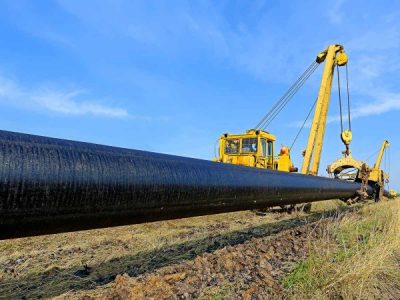Did you know that a lot of innovative ideas are simply improvements or contributions to something that already exists? In fact, most innovators have a ‘lightbulb moment’ when something goes wrong!
Does this sound familiar?
- You’re fed up with using products that are unreliable and poorly built.
- You’re tired of spending a fortune on replacing and repairing machinery.
- You know there is a better, faster, more efficient way of doing stuff, if only you had the right tools.
At Prime Engineering, innovation is at the heart of everything we do. Many of our clients come to us because they want to change the way they use an improve an existing piece of equipment, improve a machine part, or build a new product to replace outdated systems and processes.
If you’re here, chances are you’ve already had your lightbulb moment and you’re ready to ignite your vision. To that, we say a big congratulations! Having the next big idea is no easy feat.
But now the hard work starts….

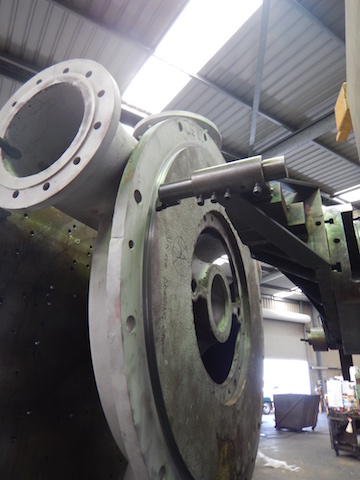
How to determine if your idea is commercially viable
Research and development (R&D) is an essential part of the engineering process. It’s defined as technical and scientific research. During this process, you’ll determine whether your idea is a practical and marketable invention or an unrealistic flop.
1. Seek technical expertise and support
Often the difference between a profitable product and a non-viable idea is R&D expertise. If you have no technical experience, knowing the information required for a comprehensive R&D plan can be difficult. If you lack expertise, team up with people who can help. Many highly promising projects fail due to a lack of assistance. R&D can feel costly, but we promise it is well worth the investment!
If you have a product/innovation requiring mechanical engineering, seek out a highly-skilled engineering firm. At Prime Engineering, we can help you:
- Evaluate existing parts and machines to diagnose problems.
- Complete a feasibility analysis and provide budget estimates.
- Put together an initial blueprint and concept design for custom machinery and re-designed parts.
- Test materials under various conditions (durability, pressure, tension, stress, etc.).
- Complete specialist research and calculations.
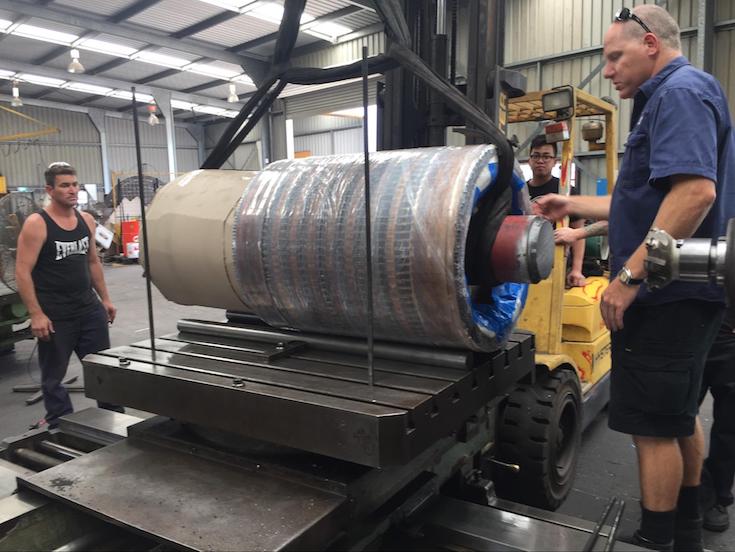
A good inventor knows his limits and outsources to other people when necessary. Instead of falling into the “jack-of-all-trades” wormhole, reach out to us. All of our solutions are fit-for-purpose and customised to suit your individual needs.
You could also be eligible for tax incentives from the Australian government for engaging in R&D activities. To see if you are eligible, check out their guidelines here.
Use market research to establish who is going to use your product
If you intend to patent your product and manufacture it on a large scale, it’s essential to know your target market inside and out. According to Julia Cupman, you should be conducting market research in every stage of your product life cycle. This means reaching out to potential customers/stakeholders and collecting findings.
Studies show that 90% of innovations start in the wrong direction due to poor (or non-existent) market research. Market research not only identifies opportunities and lowers risk of failure, but it also helps you ‘see’ things you may not have considered before.
The Queensland Government has put together an easy-to-follow Market Research Kit and we definitely recommend looking through their Market and Customer Research resources. The Australian Government also has a vast supply of resources for you in your market research journey.
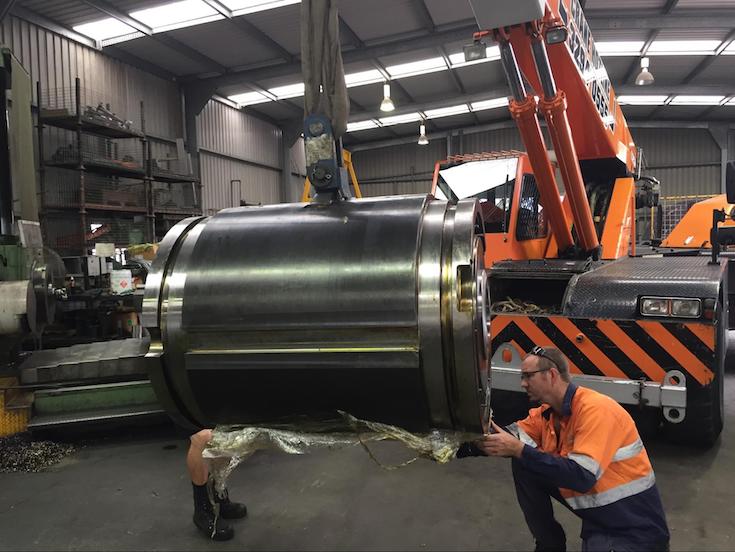
Once you’ve done all your research and development, the next step is to protect your invention. Check out From Idea to Prototype: How to Protect Your Big Idea to learn more about the patent process.
Need help getting your invention off the ground? Contact Prime Engineering today.
